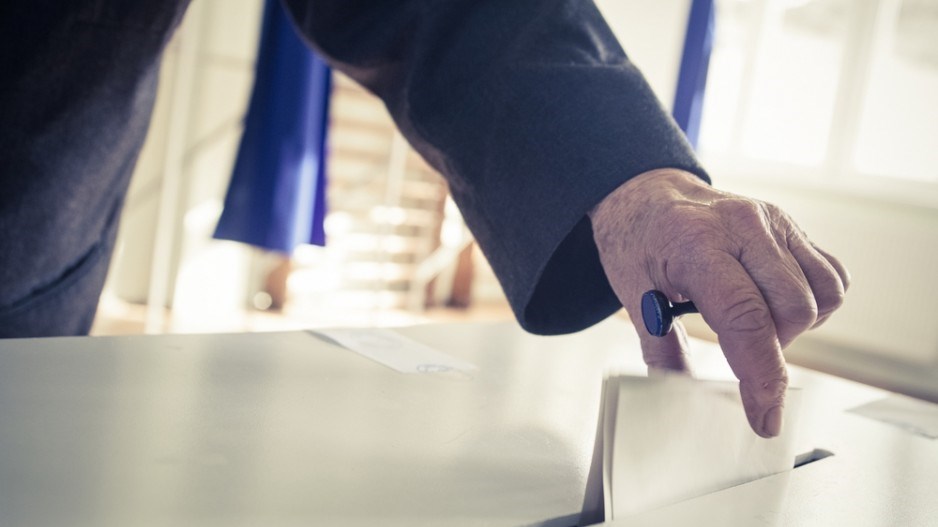The 2019 Canadian federal election has ended the way the campaign began, with the two major parties in the country extremely close to each other on voting numbers – albeit not on seats – and with questions about the ultimate longevity of the new Parliament.
In 2015, current Liberal Party leader Justin Trudeau recreated the success of his father’s first campaign in 1968. This year, the younger Trudeau continues to follow in Pierre Elliott’s footsteps, about to head a minority government that will require major adjustments – just like in 1972.
A Research Co. “exit poll” of Canadian voters outlines an electorate that yearns for a different style of government, was moved by various reasons that helped and hindered specific parties, and voices an appetite for collaboration.
Two-thirds of Canadian voters (67%) told us they wanted a change of government at the federal level. The modification, in this case, has been from majority to minority, partly because of the difficulty of Conservative Party leader Andrew Scheer to establish an emotional connection with the electorate.
When asked about what motivated their choice in this federal election, Canadian voters gravitate mostly towards a party’s ideas and policies (27%), then the party’s leader (16%), desire for change (15%), disgust with other contending candidates (also 15%), the party’s candidate in their riding (14%) and desire for stability (also 14%).
Still, there are major differences. Supporters of the Bloc Québécois, who enjoyed the most significant gains since 2015, said their primary motivation was the party’s leader (22%). Voters for the other three major parties said they were moved mostly by the party’s ideas and policies: 38% for New Democrats, 25% for Conservatives and 23% for Liberals.
Trudeau, in spite of a campaign that focused on his past, was the main motivator for 19% of Liberal voters. New Democrats say the candidate in their riding (15%) was a more important factor than leader Jagmeet Singh (13%). Conservative voters cited a desire for change (17%) and disgust with other candidates (16%) as more motivating than the party’s leader (15%).
So, where does the Official Opposition go from here? Half of Canadian voters (51%) think Scheer should resign as leader after failing to take the Tories to 24 Sussex, but this includes only 31% of Canadians who voted for his party. There is no immediate desire from the base for a thorough leadership review in a minority scenario.
We also find that 71% of Canadians agree with the notion that the party with the most seats should form the government—including majorities of those who cast ballots for the Liberals (72%) and the Conservatives (84%).
This does not mean that the country is united behind the winning party. Almost half of voters (49%) said they are “happy” with a minority government headed by the Liberals, while a similar proportion (45%) are “upset”. Three in four Liberal voters (74%) are fine with this situation, and they are joined by 55% of New Democratic Party (NDP) voters and 62% of Green Party voters.
Canadian voters are not thrown off by the presence of two specific political parties in a governing alliance or arrangement. Across the country, 56% of voters say they would be “happy” with the NDP supporting another party to form the next government, and 47% feel the same way about the Greens. Significantly fewer Canadian voters (20%) want the Bloc Québécois to play a role in buttressing a major party in forming the next federal administration.
The idea of merging the centre-left parties is palatable for some Canadians. More than two in -five (43%) would like all three to merge, while a slightly higher proportion (46%) would welcome uniting the Liberals and the NDP. Mergers between the Liberals and Greens and New Democrats and Greens are not as well received (36% and 37% respectively).
Across the country, 32% of voters said they cast a ballot for a party that was not their first choice, but that they perceived as having the best chance to defeat a party they really do not like in their constituency. This includes almost half of Canadians who voted for the Bloc Québécois (46%), a considerably higher proportion than those who supported the Conservatives (37%), the New Democrats (36%), the Liberals (26%) and the Greens (also 26%).
The electoral success of the Bloc is not guided by a desire to revive the debate over sovereignty. It is, in essence, a placeholder for Quebec voters dissatisfied with what the truly federalist options were offering.
On a curious note, the almost-last-minute endorsement of Trudeau by former United States President Barack Obama shook the ground for 15% of Canadian voters, including 32% who ended up voting for the governing party.
The type of arrangement that Trudeau cobbles together may define the future of all major political leaders. In the United Kingdom, the formal agreement struck between Conservatives and Liberal Democrats after the 2010 election seemed a win-win. It concluded with the decimation of the junior coalition partner.
Mario Canseco is president of Research Co.
Results are based on an online study conducted from October 20 to October 21, 2019, among 803 adults in Canada who voted in the federal election. The data has been statistically weighted according to Canadian census figures for age, gender and region in Canada. The margin of error, which measures sample variability, is plus or minus 3.5 percentage points, 19 times out of 20.




